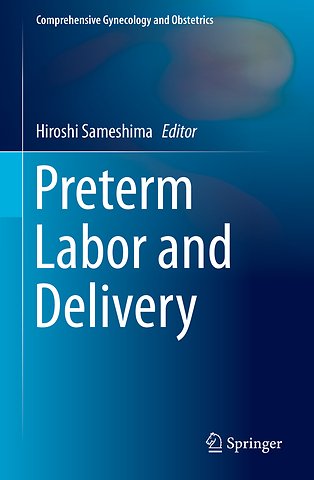Preterm Labor and Delivery
Gebonden Engels 2019 9789811398742Samenvatting
This splendid volume presents numerous aspects of preterm labor and delivery, from its fundamental mechanism to clinically focused approaches.
The incidence of preterm delivery is 6-7% in Japan, while globally up to 10% of pregnancies with preterm labor result in premature delivery. The rates of overall survival and intact survival of the premature infants are also excellent in Japan. Thus Japan’s approach to preterm labor and delivery has long attracted attention. In each chapter, experts describe specific issues unique to conditions in Japan, including diagnosis, tocolytic agents, definition of clinical chorioamnionitis, treatment of bacterial vaginosis, role of amniocentesis, management of preterm premature membrane rupture and also placental pathology, presenting definitive evidence of the reduced incidence of preterm delivery in Japan.
This book benefits not only obstetricians, pediatricians and gynecologist, but also midwives, nurse practitioners, and medical andassociated staffs in the field of obstetrics, pediatrics, as well as neonatal and perinatal medicine who are involved in delivery.
Specificaties
Lezersrecensies
Inhoudsopgave
Rubrieken
- advisering
- algemeen management
- coaching en trainen
- communicatie en media
- economie
- financieel management
- inkoop en logistiek
- internet en social media
- it-management / ict
- juridisch
- leiderschap
- marketing
- mens en maatschappij
- non-profit
- ondernemen
- organisatiekunde
- personal finance
- personeelsmanagement
- persoonlijke effectiviteit
- projectmanagement
- psychologie
- reclame en verkoop
- strategisch management
- verandermanagement
- werk en loopbaan

